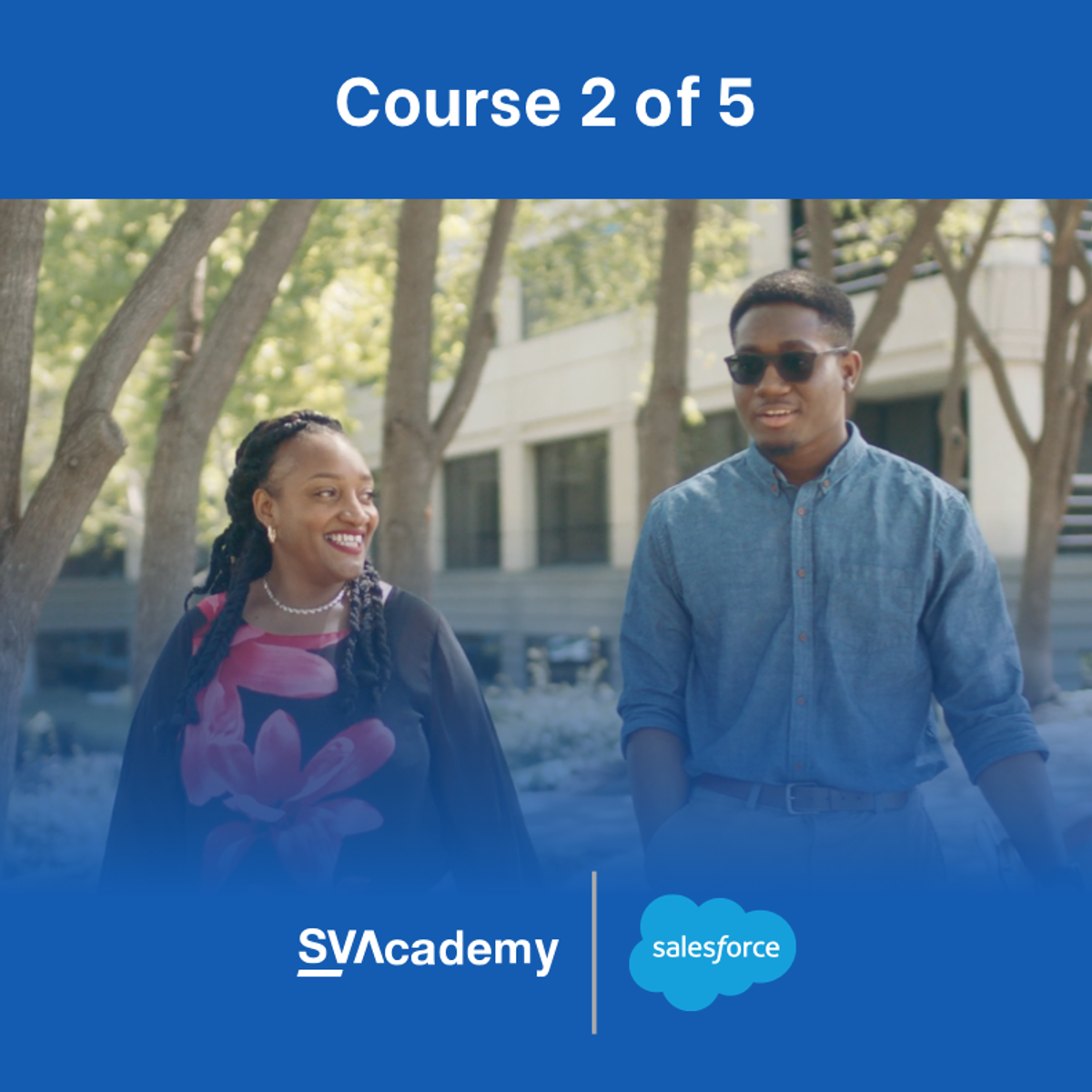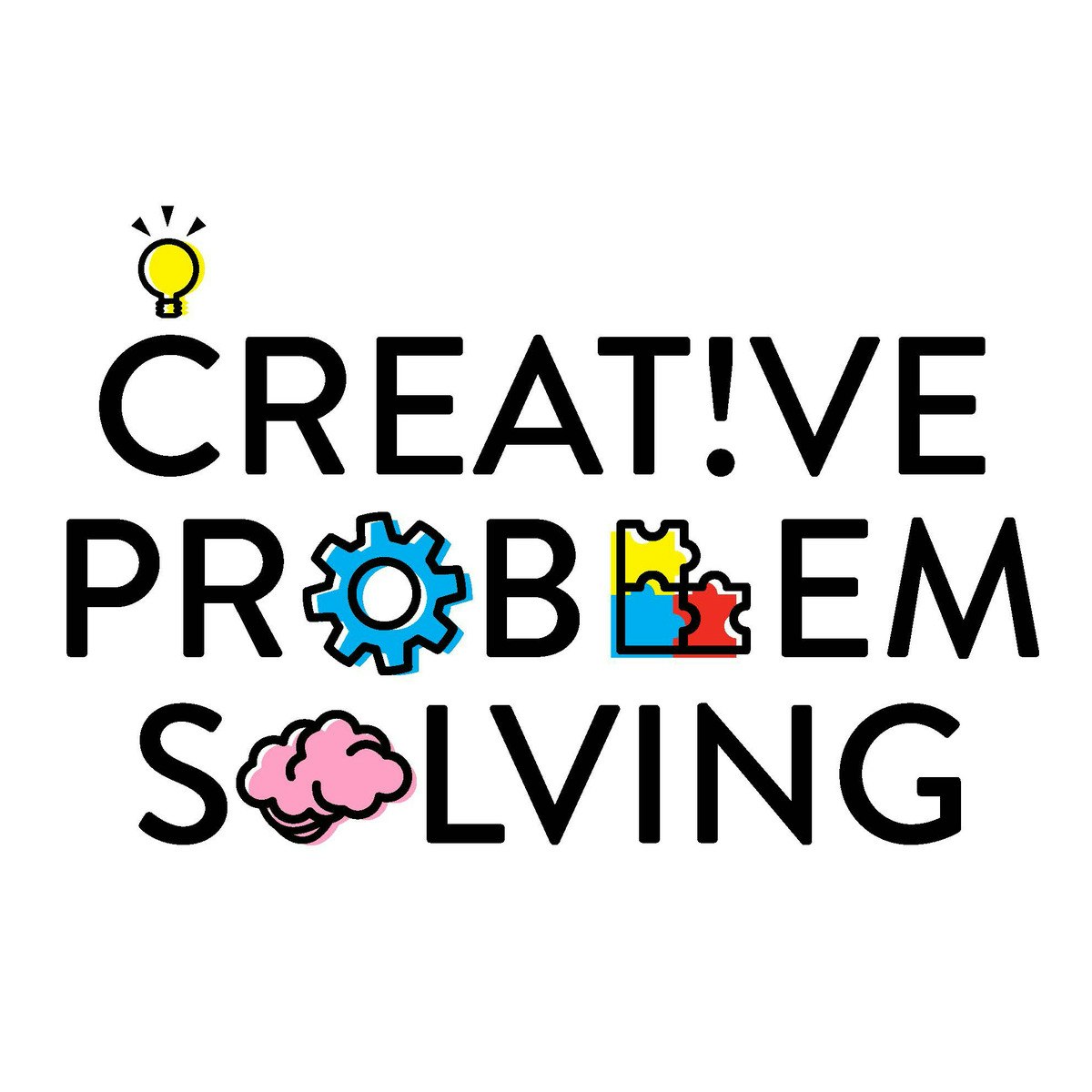Back to Courses









Personal Development Courses - Page 44
Showing results 431-440 of 514

Present with Purpose: Create/Deliver Effective Presentations
Knowing how to create a presentation is a powerful tool when it comes to communication. Presentations are a key part of every office or business related job and you need to have the skills to deliver a presentation that leaves an impact on viewers.
This short course is designed to equip you with those exact skills that you will need in order to be successful in this field. Throughout this course you will learn how to create and deliver a presentation that will leave your audience well informed and impressed. Delivering a quality presentation is not just about reading off a slide, but also it is about body language, confidence and being ready to answer questions that your audience may throw at you.
By the end of this course, not only will you be able to create a skillful presentation, you will gain the confidence you need to deliver it with poise and leave an impressionable impact on your audience.
This course is part of the People and Soft Skills for Professional and Personal Success Specialization from IBM.

Writing in the Sciences
This course teaches scientists to become more effective writers, using practical examples and exercises. Topics include: principles of good writing, tricks for writing faster and with less anxiety, the format of a scientific manuscript, peer review, grant writing, ethical issues in scientific publication, and writing for general audiences.

Boosting Productivity through the Tech Stack
This is Course 4 in the Salesforce Sales Development Representative Professional Certificate. In order to successfully complete the course, please ensure you have taken Course 1: Groundwork for Success in Sales Development, Course 2: Foundations for Interviewing with Confidence, and 3: Conversational Selling Playbook for SDRs.
This course demonstrates how to enhance productivity by implementing tech tools that streamline your SDR workflow. You’ll be introduced to a variety of best-in-class sales software that will help you achieve the most optimal results — every time. By the end of the course, you’ll feel confident in formulating bulletproof outreach strategies in order to engage with prospective customers.
Course 4 in the Sales Development Representative (SDR) Professional Certificate will give you the necessary skills to launch a career in the non-technical side of the tech industry.
By the end of the course, you will be able to:
- Examine and navigate the tech stack and stay up-to-date on the latest tech tools used in the tech sales workforce
- Understand the basic principles of customer relation management (CRM) tools and how to use them effectively as part of your workflow
- Use sales intelligence tools to find prospects and optimize your workflow
- Formulate bulletproof outreach strategies to engage with prospective customers
- Apply the power of social media and video to find and connect with prospects
To be successful in this course, you should have:
- An ability to communicate in verbal and written form in a way that is accessible and understandable by a general audience (you don’t need to be formal or refined)
- Baseline computer literacy (you must be able to use a word processor, web search, and email)
- Familiarity with social media, including LinkedIn
- Ability and willingness to learn new technology tools
- Motivation to grow personally and professionally
- Hunger for feedback and coaching
- Successfully completed the previous courses in this training

Engineering Project Management: Scope, Time and Cost Management
Scope, time, and cost management are at the heart of successful project management. This course will give you the tools to develop a project scope, schedule and budget and then status them to predict project performance. Throughout the course, you will learn about change management and techniques to implement it.
By the end of this course you will be able to:
• Create a requirements document
• Create a Project Scope Statement
• Identify ways to control the scope of the project
• Decompose the work and develop work packages
• Create a Work Breakdown Structure
• Develop a Critical Path Schedule
• Review types of cost estimates and identify whether they are “top down or bottom up”
• Review budgets, contingencies and reserves
• Calculate planned and earned values to compare with actual cost
• Perform a cost and schedule analysis
Each week you will prepare a key deliverable for the project plan based on a provided Case Study. These deliverables include:
• Project Scope Statement
• Project Work Breakdown Structure (WBS) and WBS dictionary
• Critical Path schedule sequence diagram
• Bar Chart Schedule (Gantt Chart)
• Project Cost Estimate
• Project Status using an Earned Value Calculation
All of this will position you to set up a plan to control your next assignment or your next project whether this is as the project manager or as an area leader.
Rice Center for Engineering Leadership is a Registered Education Provider through the Project Management Institute (PMI)®. Learners who complete this course on the Certificate track will be awarded 14 hours of Profession Development Units. These are recognized by PMI for continuing education or can be applied toward the 35 hours of education required for the Project Management Professional (PMP)® certification.
PMI and PMP are registered marks of the Project Management Institute, Inc.

Basic Elements of Design: Design Principles and Software Overview
Designing for an organization, while requiring technical skill, is not just about knowing how to use a pagination program such as InDesign or manipulate photos using Photoshop. A designer is a visual storyteller, a person who pairs words with images and typography to best convey information to an audience. Good design evokes emotion and presents the news of the day with clarity and the proper tone. A business card, brochure, or website that has good design provides content that is more inviting, more easily comprehensible and is faster to process. Design isn’t about “making it look pretty,” it’s also about content, layout and audience analysis.

Foundations for Interviewing with Confidence
This is Course 2 in the Salesforce Sales Development Representative Professional Certificate. In order to successfully complete the course, please ensure you have taken Course 1: Groundwork for Success in Sales Development.
The goal of this course is to prepare you to build your professional tech sales portfolio, and develop and leverage your personal and professional brand. You will be primed to ace your interview and leave a lasting impression on your future employer. These skills will get you in the door of a fast-growing tech company and launch your tech sales career.
Course 2 in the Sales Development Representative (SDR) Professional Certificate will give you the necessary skills to launch a career in the non-technical side of the tech industry.
By the end of the course, you will be able to:
- Develop an understanding of the tech industry landscape in order to cultivate a long term career plan
- Construct an intimate understanding of your audience and express a personal story that is unforgettable
- Formulate a results-driven professional portfolio that showcases your track record and sets you apart from other candidates
- Create a lasting impression through the interview process
To be successful in this course, you should have:
- An ability to communicate in verbal and written form in a way that is accessible and understandable by a general audience (you don’t need to be formal or refined)
- Baseline computer literacy (you must be able to use a word processor, web search, and email)
- Familiarity with social media, including LinkedIn
- Ability and willingness to learn new technology tools
- Motivation to grow personally and professionally
- Hunger for feedback and coaching
- Successfully completed Course 1 in this training

Urgent Optimism: How to Turn Foresight into Action
When you get better at thinking about the future, you get better at changing the future.
This course will help you take all of the foresight skills you’ve developed so far and apply them to making real positive change in your life, in your work, and in the world around you.
You’ll learn how to create and share “preferred futures”, which are highly persuasive, compelling visions of the changes you want to make real. You’ll use your preferred future to identify obstacles, recruit allies, collect resources, and plan action to make your vision real.
You’ll also practice making “artifacts” from the future, which are creative representations of how everyday life might be different in the future. Artifacts can inspire others to join you in your quest to make a preferred future real. Leading futurists from the Institute for the Future will share with you their favorite future artifacts – and walk you through the entire creative process it took to make them.
Every action we take today changes the future. This course will help you identify and take the actions that make the BIGGEST, most strategic impacts on the most urgent challenges you and society face.
Many thanks to the Enlight Foundation and the Enlight Collaborative, which provided a grant to support the creation of this course.

Creative Problem Solving
This course deals directly with your ability for creativity which is a critical skill in any field. It focuses on divergent thinking, the ability to develop multiple ideas and concepts to solve problems. Through a series of creativity building exercises, short lectures, and readings, learners develop both an understanding of creativity and increase their own ability.
This course will help you understand the role of creativity and innovation in your own work and in other disciplines. It will challenge you to move outside of your existing comfort zone and to recognize the value of that exploration. This course will help you understand the importance of diverse ideas, and to convey that understanding to others.
The principal learning activity in the course is a series of "differents" where you are challenged to identify and change your own cultural, habitual, and normal patterns of behavior. Beginning with a prompt, e.g. "eat something different", you will begin to recognize your own = limits and to overcome them. In addition, you are encouraged to understand that creativity is based on societal norms, and that by it's nature, it will differ from and be discouraged by society. In this course, the persistence of the creative person is developed through practice. At the same time, these exercises are constrained by concerns of safety, legality, and economics, which are addressed in their creative process.

Teach English Now! Second Language Listening, Speaking, and Pronunciation
In this course, you will be introduced to some of the challenges of teaching and learning listening and speaking, such as paralinguistics, performance variables, reduced and regional forms, and differing types of oral discourse. Don't worry--you'll learn what those mean, too! Then you'll learn how to ease the acquisition of listening and speaking for your students. The course also highlights the powerful opportunity to include pronunciation in listening and speaking classes and offers strategies to incorporate pronunciation activities.

Oceanography: a key to better understand our world
The course for a round the world regatta leads the boats through the Mediterranean Sea and the Atlantic, Southern Indian and South Pacific Oceans. On their voyage, the skippers come across a large variety of oceanographic situations: strong currents, floating ice, wave formations of every kind and biological diversity.
In this course the student will learn about the foundations of the science of oceanography. You'll learn about the classification and formation of the ocean floor, how current sea satellite analysis systems work, the chemistry of the oceans and the processes that led to its formation.
To follow this course does not require previous knowledge of oceanography.
Popular Internships and Jobs by Categories
Find Jobs & Internships
Browse
© 2024 BoostGrad | All rights reserved